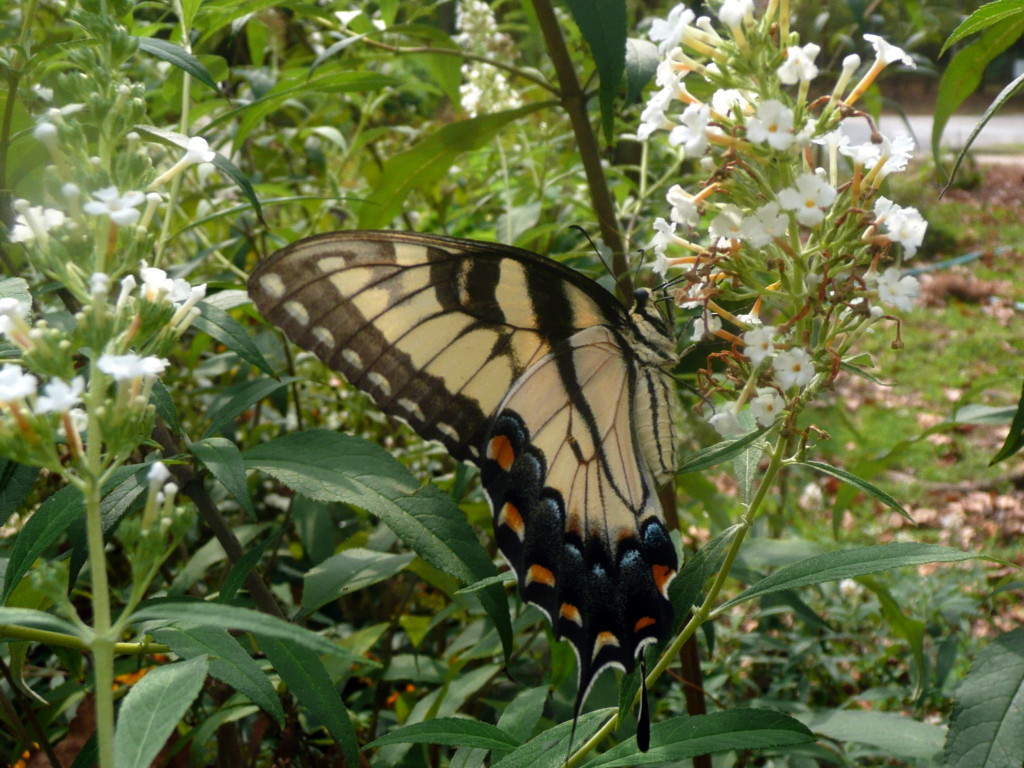 You know that environmentalism has become trendy when “green” starts being used as a verb. Green is the color that the pigment chlorophyll imparts to plant leaves, enabling them to make their own food through an almost magical synergy of air, water, and sunlight. As such, it evokes the presence of living things, of nature all around us. It is not a verb that refers to switching one kind of light bulb for another one, or wrapping the hot water heater.
You know that environmentalism has become trendy when “green” starts being used as a verb. Green is the color that the pigment chlorophyll imparts to plant leaves, enabling them to make their own food through an almost magical synergy of air, water, and sunlight. As such, it evokes the presence of living things, of nature all around us. It is not a verb that refers to switching one kind of light bulb for another one, or wrapping the hot water heater.
This is not to say that those actions are not beneficial, or important. Conserving energy by turning down the thermostat or using compact fluorescent light bulbs will not only save money, it will also reduce the burning of fossil fuels that in turn produce greenhouse gases, smog, and even acid rain. These are important actions in our capacity as environmental stewards, a role we acknowledge and celebrate every year on Earth Day. But just as “green” has its origins in nature, so too does caring for the Earth begin with being in nature.
Fairs, contests, and appearances by Captain Planet are common ways to commemorate Earth Day. These events and activities raise human awareness about environmental challenges and how each of us might address them by recycling more and driving less. But to connect with the heart of what Earth Day is about — the quest to build a long-term, sustainable relationship between human beings and the natural world — the best way to celebrate it is also the simplest. Provide a child that you know with the opportunity to spend some unstructured time in nature.
Children are the future caretakers of the natural world. And now, more than ever before, children are not getting the opportunities they need to bond with nature — opportunities that some researchers suspect may be crucial for healthy child development. They are growing up in sterile suburban developments where doctrines and covenants forbid tree forts and sometimes even look askance at a few branches strewn about the yard. And they are living highly programmed lives, punctuated by sport practices and away games, music and ballet lessons. There is so little time and so little opportunity to do what comes naturally to every child — to romp in the woods.
So take your young son or daughter or nephew or niece and lead them on a nature outing. The children you know will probably will go eagerly, though they may try to bring along a computerized gadget of some sort, depending upon their age and access to those things. (Resist all such requests.) For your own part, don’t bring along with you any agendas or lesson plans. Maybe show the child a place you visited often when you were a child, or just go looking for an oak tree to climb or a stream to follow. Let the child be Explorer Number One (as this author once referred to himself on outings with his dad, Explorer Number Two). Have adventures together. Splash in a stream, turn over rocks, and then return home late for dinner, muddy and scratched.
It will be the most exhilarating, joyful, and beneficial Earth Day you can ever have — at least, until next year.
This article was originally published on April 21, 2010.

